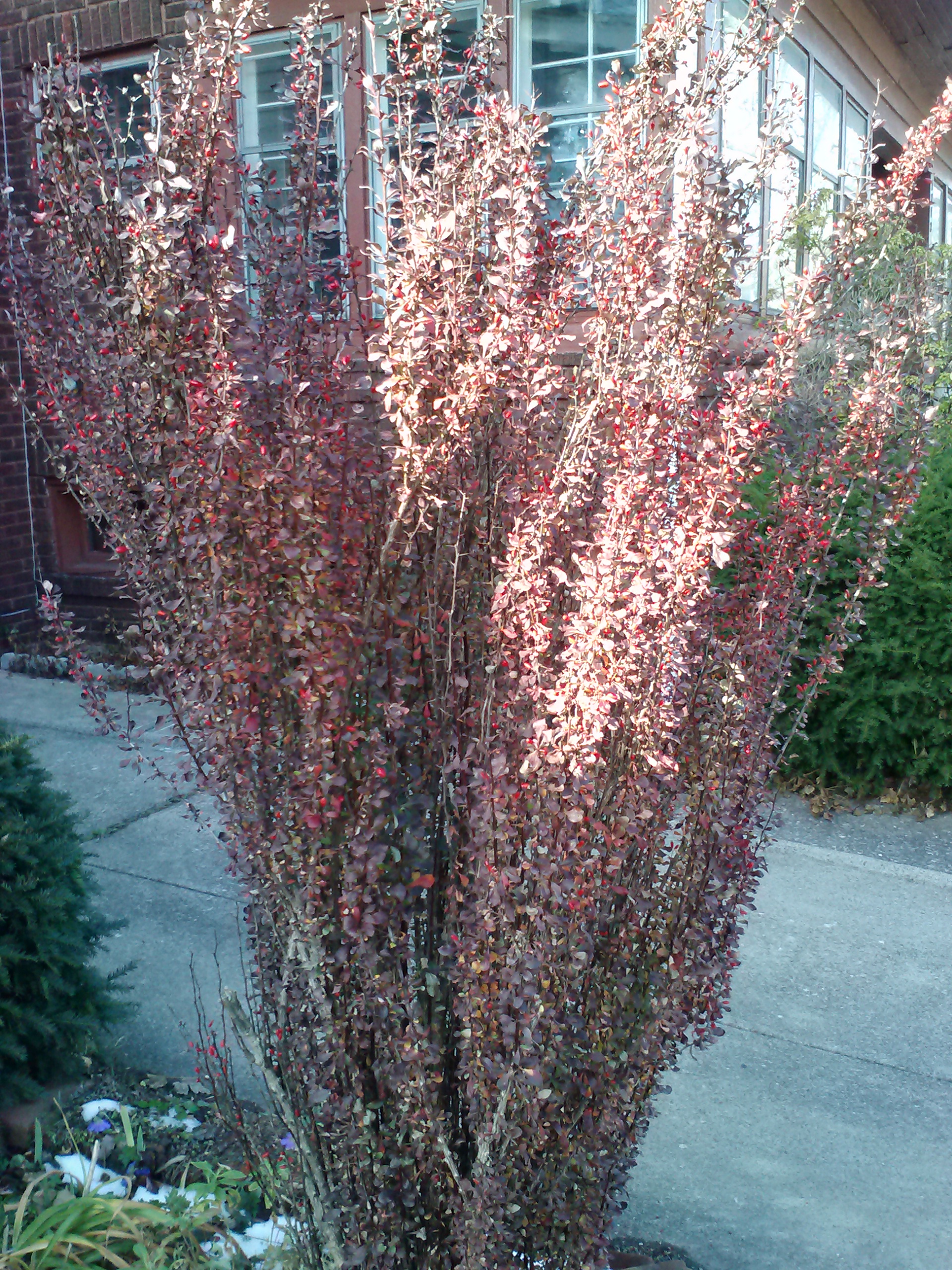“You Will Regret It.” I have said that at times to my more willful landscape clients – and even on occasion to myself — when they or I have succumbed to an ill-advised plant-lust. Live and learn, with the emphasis on the latter.
We have written in Gardenopolis about akebia, the vine that’s willing to take over the world of your back yard and your neighbor’s too; …and we have also heard a rebuttal argument that through the practice — the firm hand — of good husbandry, akebia can be made to behave appropriately and thus be enjoyed. Good husbandry in this context means being a responsible gardener, which means understanding any potential negative long term consequences of planting specific invasive plants, and either undertaking the maintenance needed to contain them, as with akebia, or deciding that perhaps it would be better not to plant it at all: after all, you may control your akebia, but should you move, will the next owner of your house?
Some other plants that also fall into this category are most barberries, multiflora rose, and many non-native honeysuckles (lonicera). The problem with these plants is that their fruits are eaten by birds, the seeds are ingested, and then released elsewhere, perhaps miles away. So, for example, barberry can now be found deep in the pristine woodlands of Holden Arboretum, or closer to home, in our secret jewel, Forest Hill Park, where multiflora rose has volunteered itself, as well as the barberry. When I go to visit my son in Connecticut I sometimes walk a power-line nature trail near his house that is completely overrun with multiflora rose. No one planted them.
In some states the nursery trade is discouraged from stocking certain barberry, while a few other barberries, such as ‘Crimson Pigmy’ or ‘Helmond Pillar’ are allowed as they are considered less invasive. I have a ‘Helmond Pillar’ in my own yard and I watch it closely. This year it is loaded with berries (most years berries are sparse). My own theory for why it may not be invasive is that because of its very tight, upright growth habit birds just don’t use it; I never see birds landing on or roosting in this plant.
For years I had an ordinary green barberry that grew right under a window. It came with the house when I bought it. I kept it for its deterrent value, but cut it back hard several times each year (well gauntleted). The birds loved this barberry and roosted in it all year, but especially in winter, with a nice layer of snow on top. This year I ripped it out. I will plant something else for the birds– maybe next week. I’d like to get something in before the snow flies; my cats like to sit on a cushion in the window and watch the birds. Since they are indoor cats I allow them this indulgence.
More on other invasive plants another time.
